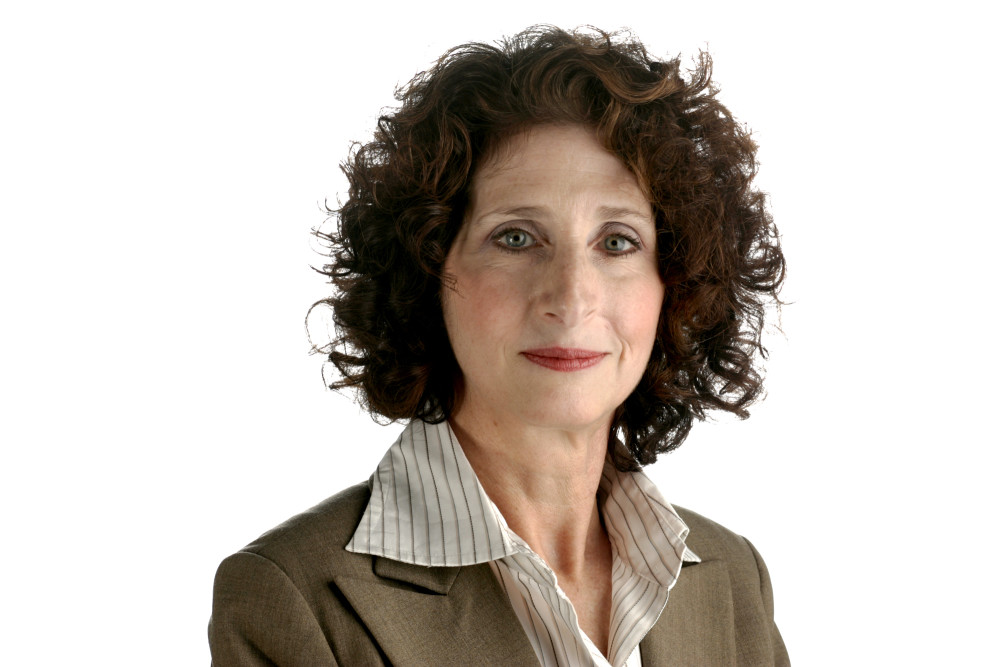By Gail MarksJarvis
Chicago Tribune.
If you feel dumb about investing, maybe a robot can do it for you.
In fact, that’s what traditional investment advisers are worried about as more flesh-and-blood investors turn to computer-driven “robo advisers.”
Robo clients tend to have some money to invest but generally are not rich. They’re drawn to no-frills, inexpensive services.
You don’t visit robo advisers in an office, and you won’t have a personal relationship if you need some hand-holding.
Instead, you answer questionnaires on your computer, tablet or smartphone to give the software a sense of the size of your risk appetite, when you might need the money and whether the money is for retirement or something else. A computer churns the data and spits out an answer on what funds you should use and how much to put into each, your asset allocation.
They will also move money from a fund if an investment becomes overexposed, a process called “rebalancing.” Rebalancing usually happens once a year but can be done more often.
Those kinds of investment decisions can be perplexing for individuals, and if you don’t have a bundle to invest, skilled advisers who work one-on-one typically aren’t interested. Reputable investment advisers and financial planners usually don’t find it profitable to take clients with less than $250,000 to invest. So this cheaper alternative has been proliferating. Some robos accept clients with as little as $10,000.
Consulting firm A.T. Kearney estimates that by 2020, robo advisers will be handling $2 trillion as they attract new customers.
The firm says about 20 percent of consumers are aware of computerized investing services, including names like Betterment, Wealthfront, FutureAdvisor, Motif Investing and Blooom. Fidelity, Charles Schwab and Vanguard also offer robo services.
New versions of robos are still emerging as new entrees try to get a piece of what A.T. Kearney partner Uday Singh calls the “Uber-ization” of investment advice. He thinks existing financial service firms, from wealth management firms to mutual fund companies, will be adopting robo services as they compete to hold on to customers.
Some of the friction in the industry is apparent now. Fidelity is pulling away from Betterment and confirmed recently that it is testing its own robo service for rollout next year. Fidelity is known for its actively managed funds driven by investment experts trying to pick the best stocks while avoiding losers. Those funds tend to be more expensive than those offered by robo advisers.
Typically, robo advisers keep fees down by using exchange traded funds. This allows them to keep fees below 0.5 percent; a typical adviser charges about 1 percent. That difference in fees may seem small, but savvy investors know that a half of a percent cheaper leaves them with thousands of dollars more after many years.
Mutual fund companies do have incentive to blend their actively managed funds with robo services as active funds face difficulty competing with cheaper index funds, which tend to perform better than those run by stock pickers.
Morningstar has noted that the competitive atmosphere in the fund and advice business is serving individuals because funds have been under pressure to lower fees. Even TV ads now are emphasizing the price of advice.
The pressure to keep prices down, Singh said, is driving advisers to use robo advisers too to set up investment portfolios for clients. That frees advisers to spend time with clients answering questions and doing financial planning.
___
ABOUT THE WRITER
Gail MarksJarvis is a personal finance columnist for the Chicago Tribune and author of “Saving for Retirement Without Living Like a Pauper or Winning the Lottery.”














































































































































































































































































































































































